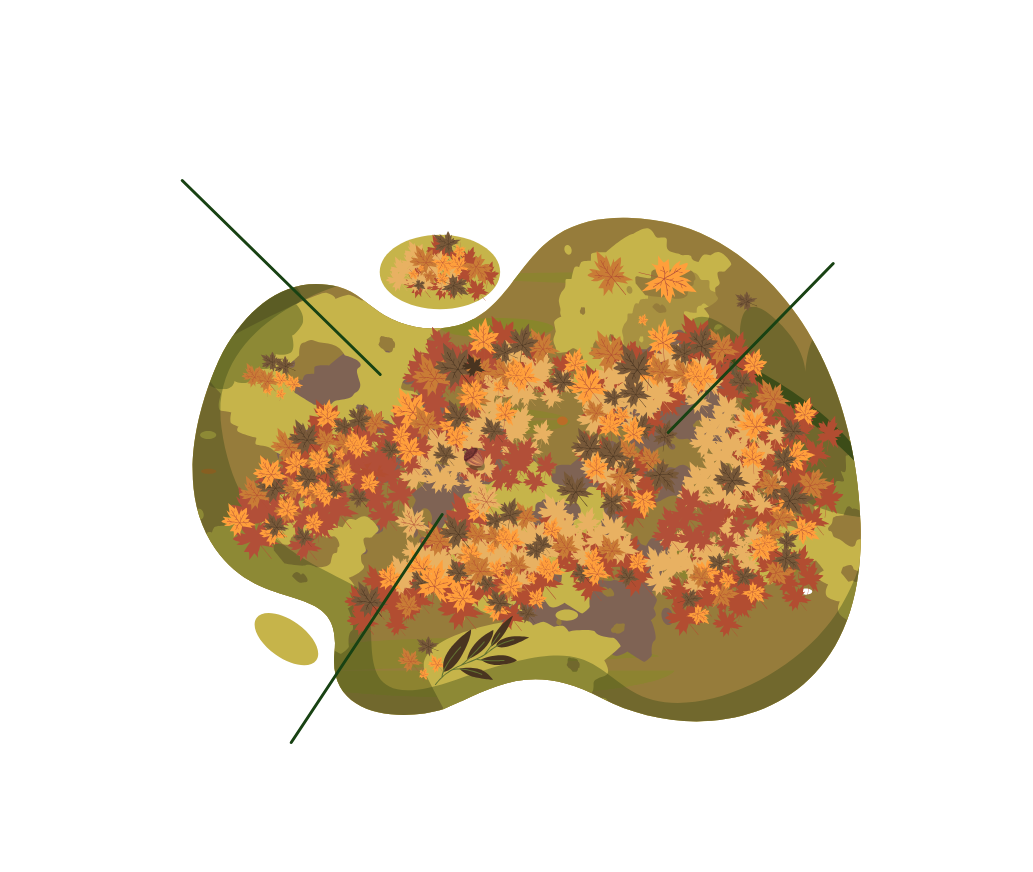Jumping Into Leaves
A quick Google search of “Jumping into leaf piles” yields a wildly entertaining parental debate. On one side you have the parents who say allowing your kid to jump into leaf piles is dangerous because they could, for example, get “scratched with a stick.” The other side boasts about the importance of “freedom of choice and expression” and “childhood delight.” As for dogs, well…who would ever deny Stella the Leaf Pile Jumping Dog access to her beloved leaf piles?
So, no. You don’t have to be a Grinch this fall and tell your child they can’t jump into leaf piles. But that said, there are a few helpful things to keep in mind:

Mold
Mold can crop up in leaf piles, but this likely only will happen if the leaf pile has been sitting for a few days. If you know your child (or dog) has a mold allergy, this is something to keep in mind. If your child has a mold allergy and is outright desperate to dive into a leaf pile, they can always where a mask.

Ticks
Depending on where you live, this is by far
the biggest concern. In Massachusetts over the past twenty-five years, Lyme disease cases have risen an astounding 6,600%. Ticks don't typically hang out on tree leaves, but if leaf piles are formed in areas of tall grass-or other areas where ticks dwell-they most certainly can make their way into a pile in search of higher humidity and more comfortable conditions. In areas with high tick populations, if your children or dogs are playing outside-regardless of whether they are or aren't jumping in leaf piles-it's good practice to give them a quick tick check when they come in. For best tick-free-leaf-pile-jumping results, place your piles in the center of your yard and have at it!

Foreign Objects
Before you let your kids superman into a leaf pile, make sure it's free from any foreign objects. Mainly: rakes, shovels, or any other garden tools.

Far be it from me to deny any child or dog the wonder of jumping in a pile of leaves—or perhaps better yet, hiding in a leaf pile and scaring the wits out of their dad. So long as you follow these practical tips, there is no reason to kill off what is, by far, the best part of fall.

Your trusted partner for fall cleanup.
Discover how this remarkable product can make yard maintenance a breeze.
SUBSCRIBE NOW
Looking for the most up-to-date fall foliage information, itineraries, and ideas? Sign up for our Newsletter here.

